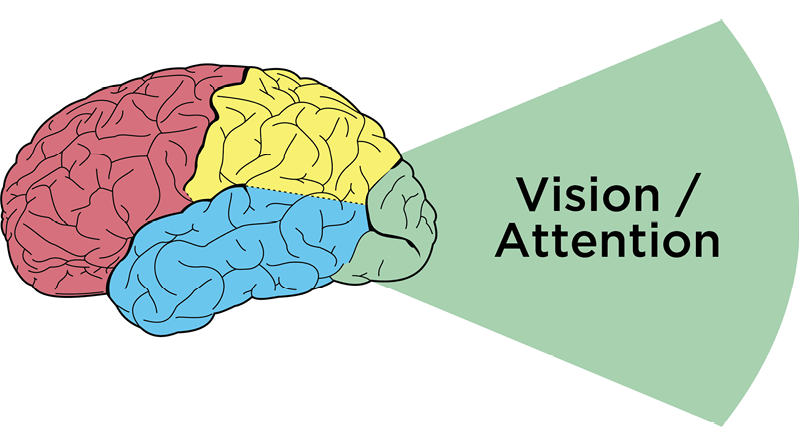Chapter 9 Vision: Are You Looking at Me
[ 9 ]
Vision: Are You Looking at Me?
Now that we’ve discussed how to conduct contextual interviews and observe people as they’re interacting with a product or service, I want you to think about how those interviews can provide important clues for each of the Six Minds.
I’d like to start by looking at this from a vision/attention perspective (Figure 9-1). In considering vision, we’re seeking to answer these questions about their customers:
- Where are their eyes looking? (Where did they focus? What drew their attention? What does that tell us about what they were seeking, and why?)
- Did they find what they were looking for? If not, why? What were the challenges in them finding it?
- What are the ways that new designs might draw their attention to what they’re seeking?
We’ll discuss not only where customers look and what they expect to see when they look there, but also what this data suggests about what is visually salient to them. We’ll consider whether users are finding what they are hoping to find, what their frame of reference is, and what their goals might be.

Figure 9-1
Vision and visual attention in the Occipital cortex
Where Are Their Eyes? Eye-Tracking Can Tell You Some Things, But Not Everything
When it comes to improving interfaces or services, we start with where participants are actually looking. If we’re talking about ...
Get Design for How People Think now with the O’Reilly learning platform.
O’Reilly members experience books, live events, courses curated by job role, and more from O’Reilly and nearly 200 top publishers.

